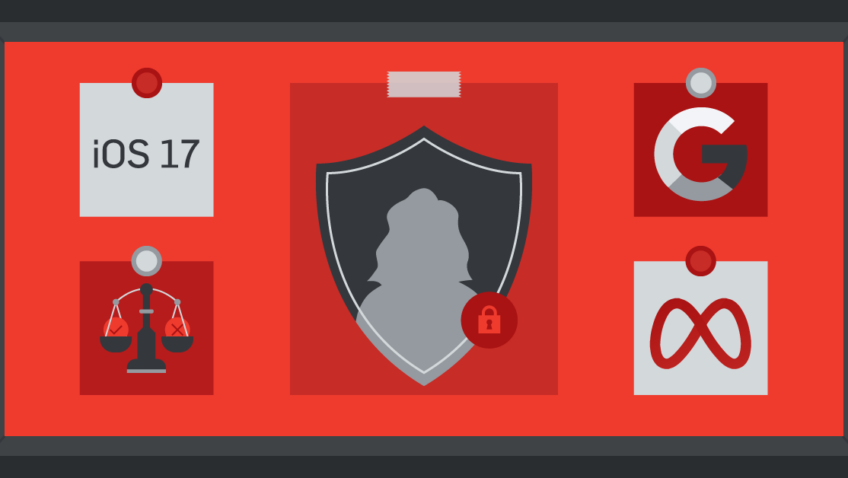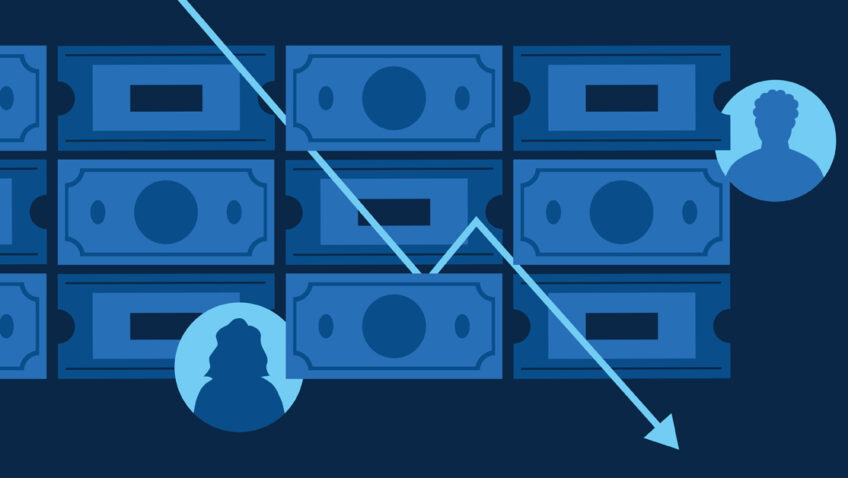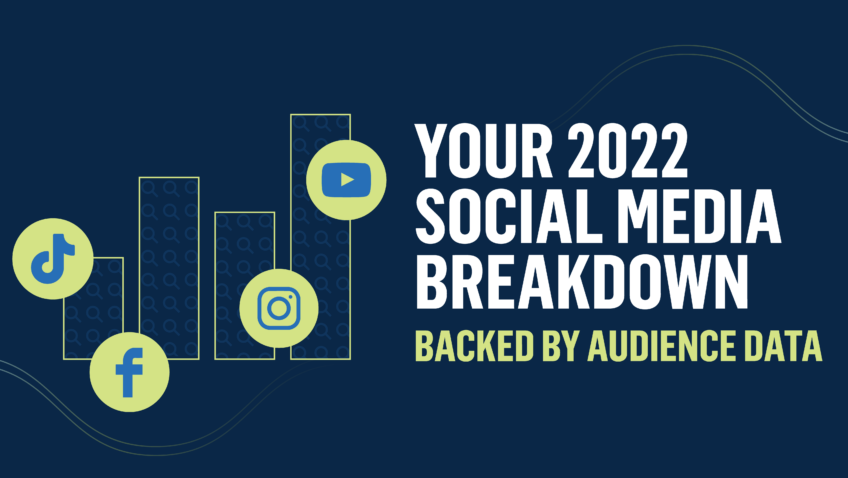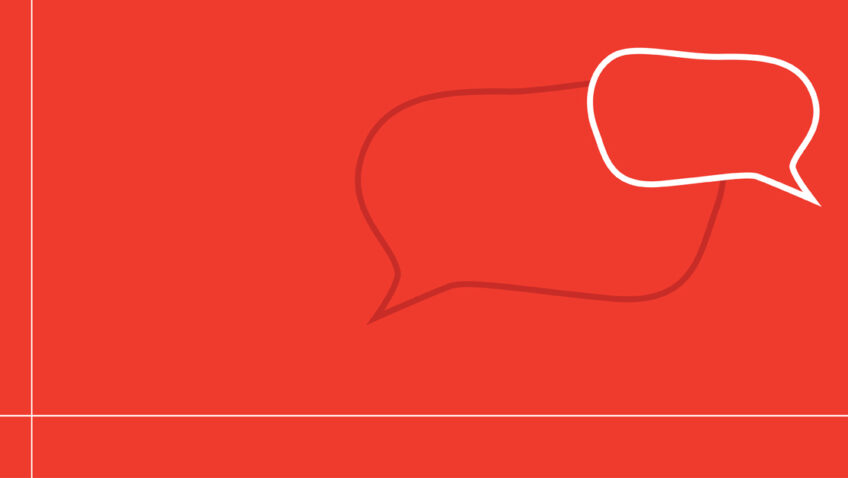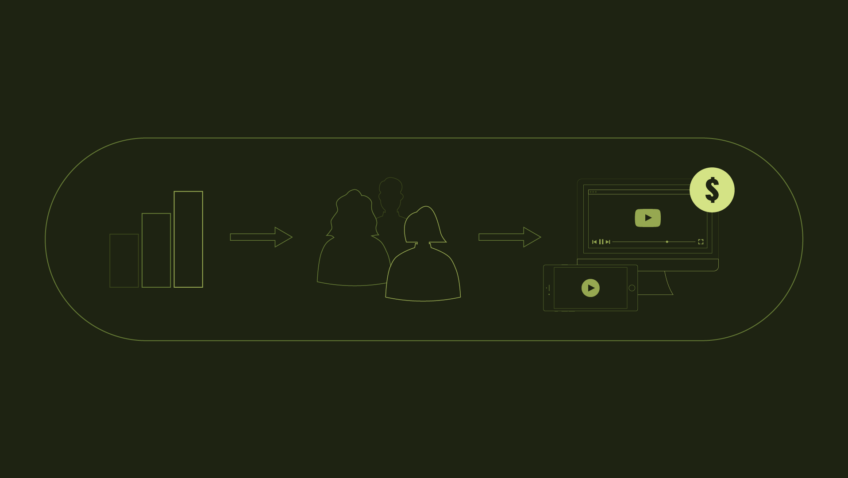Brand Preoccupied
What does it mean to “market” the brand? Some industries are all about brand marketing. The game we play, working in the performing arts, is most often one of conversions – get butts in those seats! I’ve been thinking a lot about brand marketing since I arrived at Carnegie Hall just over two years ago.
Carnegie Hall is one of the best-known brands in music, in the arts, in the United States and certainly the world. I went to Peru in 2017 (about three weeks after starting at Carnegie Hall, a period of scheduling insanity in my life) to hike the Inca Trail (super proud of this!), and someone I met along the way asked me what type of work I did. When I shared that I worked at Carnegie Hall, they immediately said, “How do you get to Carnegie Hall? Practice, practice, practice!” (That joke really doesn’t get old.)
It was random to have that conversation and awareness of my workplace in the middle of the Incan ruins while trying to get just close enough to a llama to take a good picture.

It immediately confirmed something for me that I’d been thinking about even before I knew I had the job. What are the opportunities with a brand like Carnegie Hall? Marketing a Hall that is world-renowned for incredible acoustics, that is recognized for a legendary, magical stage? A Hall that welcomed the black opera singer Sisieretta Jones in 1893, staged The Beatles first public appearance on U.S. soil, hosted the likes of Mark Twain and many, many more?
From Tchaikovsky, Dvořák, Mahler, and Bartók to George Gershwin, Billie Holiday, Benny Goodman, and Judy Garland, an honor roll of music-making artists representing the finest of every genre has filled Carnegie Hall throughout the years.
But unlike so many brands (arts, or otherwise), this brand did not emerge by design. A group of people did not sit in a room together to determine the brand’s values, logo, mission statement, all packaged together with a stellar, thoughtful, cross-channel communications plan to kick it all off and make a splash.
Instead, an immigrant from Scotland built a concert hall for his wife, Louise, and her choir to perform in what was then the countryside of upper Manhattan. At the laying of the cornerstone, he said: “It is built to stand for ages, and during these ages it is probable that this hall will intertwine itself with the history of our country. All good causes may find here a platform.” And so, the Music Hall of New York emerged, subsequently renamed Carnegie Hall in honor of Andrew Carnegie himself.
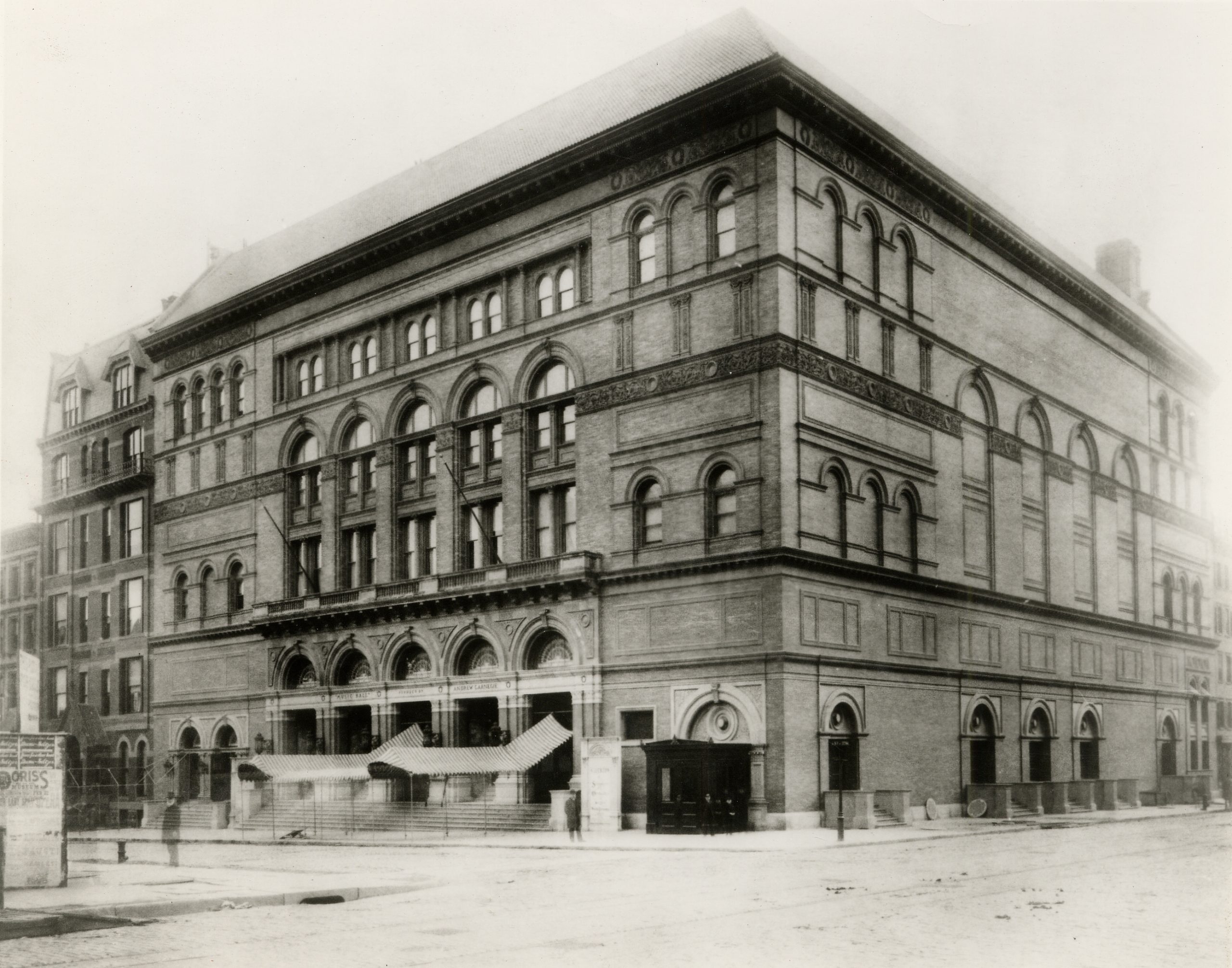
Photo courtesy of Carnegie Hall Archives
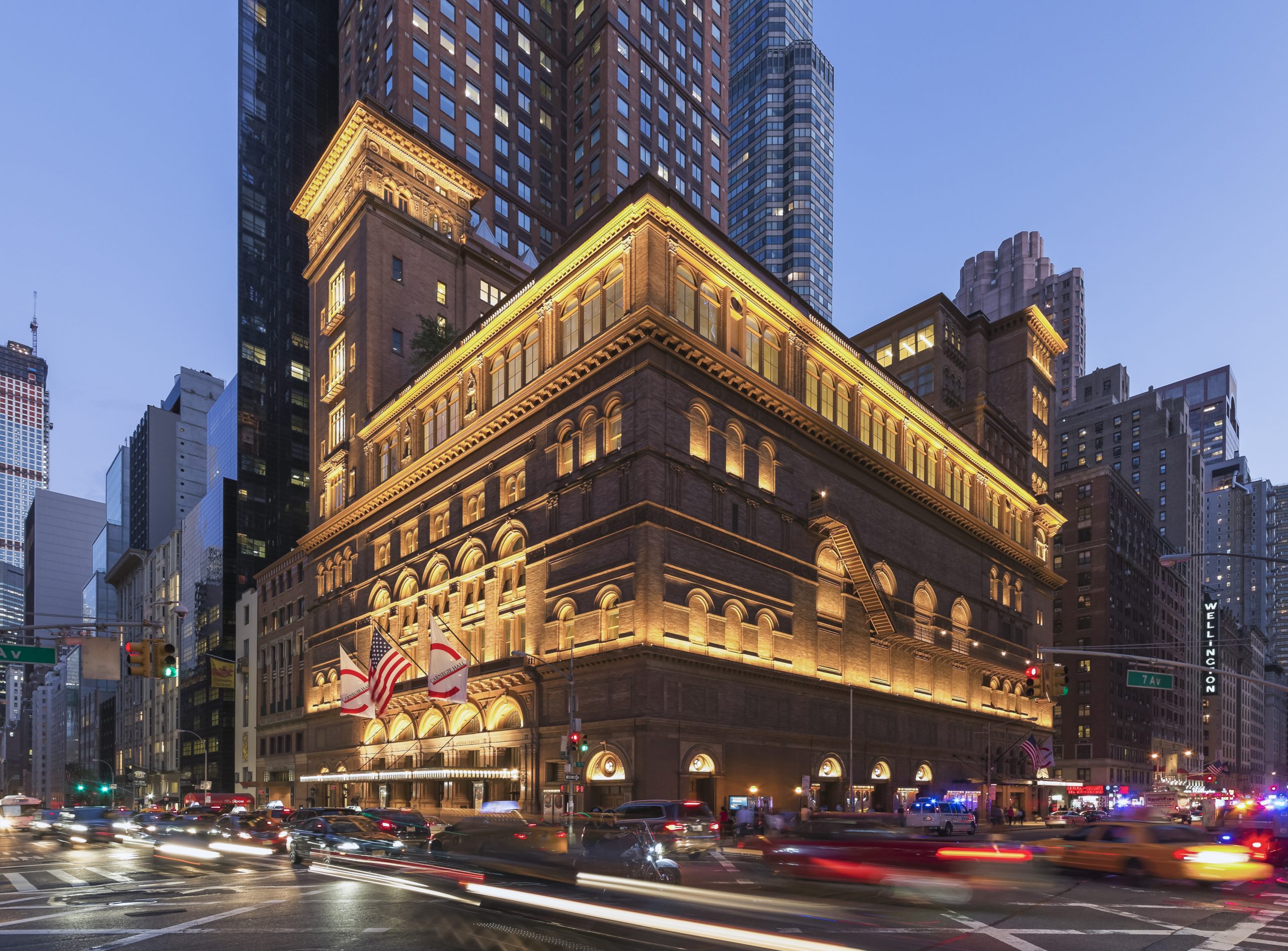
© Jeff Goldberg / Esto
But back to my original question – what opportunities lay in marketing a brand like Carnegie Hall? While a knowledgeable fan of classical music (the core of Carnegie Hall’s own presentations, although we present all types of music) will know immediately what performance they seek based on artists and repertoire, a more casual music fan may make a choice to attend a performance based on the Hall itself, their calendar, a special occasion, one composer or artist they recognize on a program of numerous such composers or artists, or many, many other factors. To me, this is where our opportunity lies.
For surveyors of music, I am certain that they come to a place like Carnegie Hall for the sake of discovery and exploration, to sit in a room where multitudes have sat before them since 1891, to experience the finest in music, and simply to say they’ve been here, and have been a part of this magic. So, when you present 170+ one-night-only concerts in a season, how do you maximize your marketing impressions for all 170?
When I arrived at the Hall, one thing struck me. We do an excellent job marketing our concerts. We know exactly who we are talking to, we target them well, we speak to them when the timing is right, with the right message. All the things that good marketers do. But like many of our peers and colleagues – there is no real “brand” budget to speak of. And that means that the money is always spent on conversions you can quantify – ticket sales.
Back in the day (whatever that may mean), the only “real” way to “do” a big brand campaign in New York City was to throw six figures at out-of-home media. As they say, if you can make it here, you can make it anywhere. I always felt like we had made it when I saw our logo splashed all over the NYC transit system with some catchy tag line. Bus shelters, in subway cars, on subway platforms, bus trucks, and more! And people noticed and mentioned it; friends snapped photos, and I always felt proud when I overheard a conversation on the train about something I had worked on.
The problem is, for those hundreds of thousands of impressions over a four-week window, it was a lot of money. Frankly, I don’t know about you, but it was always the first line item to get cut on my budget. It was never easy to justify the value of brand marketing (unless perhaps your boss is a marketer!) because it isn’t linked directly to ticket sale conversions, our immediate need. We all agree on its inherent value, but it is naturally less tangibly valued, and how do you put a value on it?
But I couldn’t let this idea go – what would happen if you actively marketed the brand of Carnegie Hall? And wait a minute – we now have a way to track the conversions of that brand marketing! #Facebook (with all its good, and evil). All the data is right there at our fingertips. Seeing the frequency with which branded terms convert on search for Carnegie Hall means we had a starting to point to justify an experiment. Can a $20,000 Facebook campaign accomplish the same objectives as a $100,000 subway campaign? Can it in fact, be better?
That was how our “Peak Volume Brand Experiment” came to be. The question was: if we run a brand campaign at the highest volume of our concert season, what kind of conversions will we see (if any, gulp!)? Does the additional exposure increase sales for specific events? Are there any patterns we can identify? What can we learn – to do it better next time? If we run a branding campaign alongside single ticket campaigns, will it eliminate the need to run full-funnel campaigns for every concert? Will it allow us to just focus concert campaigns on audiences who are already near and dear to the Hall?
If you were at last year’s Digital Marketing Boot Camp for the Arts and saw Seth Godin speak, does this mean we are effectively speaking to and harnessing our evangelists (i.e., core audience)? Can a brand campaign do the heavy lift of finding incremental new audiences for all concerts during “Peak” (and subsequently justify the expense as part of the overall concert marketing budget)?
When I think about our marketing “message budget,” I visualize a pie. (Strawberry rhubarb, for summer maybe? Chocolate cream? That one is for my dad!) This is an illustrative device I have made up for myself because frankly, I like pie.
But in all seriousness, I’m a visual person. When I think about what percent of brand messaging should make up our “message pie”, I’m not sure what the answer is just yet. But I know it’s a decent sized slice, right there alongside single tickets, subscriptions, and all the other more digitally quantifiable messages you may need to share. I haven’t figured out what the right balance is, and I’m not sure I ever will have a “final” answer. But I do think there is a way to use data and experimentation smartly with a little bit of budget and a scientific approach to make a case for getting closer to figuring out the right mix, for the here and now.
Continuing with the pie analogy, I also know (like all of you reading this!) that the ingredients must be blended just right to achieve the best results. And the same is true for our message pie. The messaging mix we share with our audience needs to be just right in order to be meaningful, to achieve the results we seek.
At any rate, so far, our pie tastes good.
I’m looking forward to sharing the full results of our experiment, and what plans we have for second and third helpings (taste tests?) in October at Digital Marketing Boot Camp for the Arts. Hope to see you there! I’ve asked Erik to make sure he serves pie.
Sara Villagio is the Chief Marketing Officer at Carnegie Hall. She will be presenting at Digital Marketing Boot Camp for the Arts 2019 on brand marketing.


